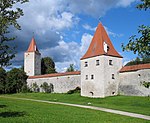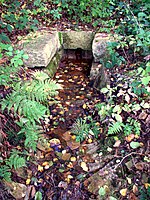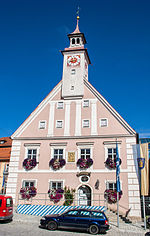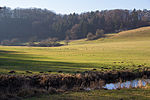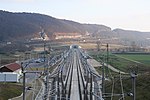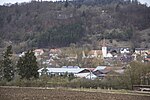Plankstetten Abbey
1120s establishments in the Holy Roman Empire1129 establishments in EuropeBenedictine monasteries in GermanyChristian monasteries established in the 12th centuryMonasteries in Bavaria ... and 1 more
Religious organizations established in the 1120s

Plankstetten Abbey (Kloster Plankstetten) is a monastery of the Benedictines located between Berching and Beilngries in Bavaria, Germany. It is a member of the Bavarian Congregation of the Benedictine Confederation.
Excerpt from the Wikipedia article Plankstetten Abbey (License: CC BY-SA 3.0, Authors, Images).Plankstetten Abbey
Fribertshofener Straße,
Geographical coordinates (GPS) Address Website External links Nearby Places Show on map
Geographical coordinates (GPS)
| Latitude | Longitude |
|---|---|
| N 49.068611111111 ° | E 11.453888888889 ° |
Address
Kloster Plankstetten
Fribertshofener Straße
92334
Bavaria, Germany
Open on Google Maps

